Parasaurolophus
Name Origin
Lizard Resembling Saurolophus
Family
Parasaurolophidae
Classification
Diapsida, Ornithischia, Ornithopoda
Habitat (Discovery Location)
United States, Canada
Period
83 to 66 million years ago (Late Cretaceous)
Length
Approximately 10 meters
Weight
Approximately 2.7 to 3.6 tons
Diet
Herbivore (Plant-eater)
 Jurassic
Jurassic
Park / World Featured Dinosaur
Appearance in Jurassic Park
As of this writing (November 2024), Parasaurolophus holds the unique distinction of being the only dinosaur to have appeared as a living creature in every film in the series—a rare record that not even major dinosaurs like Tyrannosaurus or Velociraptor have achieved. (Note: If non-living appearances, such as skeletons, are included, Stegosaurus also qualifies.)
However, contrary to this impressive record, its role in the films has been limited. Throughout the series, its main appearances have been relegated to the background, typically seen drinking from a lake in the distance (alongside Brachiosaurus) or moving as part of a herd.Appearance in The Lost World: Jurassic Park
After appearing in the first Jurassic Park, individuals inhabiting Isla Sorna are featured in The Lost World: Jurassic Park.
While it was only seen briefly in the distance in the previous film, this movie features it prominently alongside Pachycephalosaurus in one of the main highlights: the "dinosaur roundup" scene. In the film, its distinctive crest is described as "a pompadour... like Elvis!" and it is subsequently nicknamed "Elvis" by the hunters.
After being chased by the hunter team, it struggles painfully as a snare tightens around its neck. Ultimately, another rope trips its legs, causing it to fall to the ground.
However, it was not killed during this capture. It is seen again amidst the chaotic stampede after Sarah Harding and Nick Van Owen release all the captured dinosaurs.
Unfortunately, its final fate is shown in the latter half of the story, where its carcass is discovered after having been preyed upon by the Tyrannosaurus.Appearance in Jurassic Park III
They appear in multiple scenes as part of Isla Sorna's ecosystem.
In the film, they are resting in a field alongside the Corythosaurus when Dr. Alan Grant's group bursts in, causing the herd to encounter the pursuing Velociraptor pack and stampede in a panic.
Later, they can also be seen grazing in the distance during the riverbank scene. Additionally, the carcass that the young Tyrannosaurus (T-Rex) is seen feeding on early in the film is identified as a Parasaurolophus.Appearance in Jurassic World
It appears as one of the dinosaur species housed at the park.
Its main appearance is in the area where the "Gyrosphere" attraction operates. In the film, it is seen living on the plains alongside other herbivores like Triceratops, Stegosaurus, and Apatosaurus, and it appears before Zach and Gray while they are enjoying the ride.
Notably, the coloration of the Parasaurolophus individuals that appear in the film is different from the CG design featured on the official website.
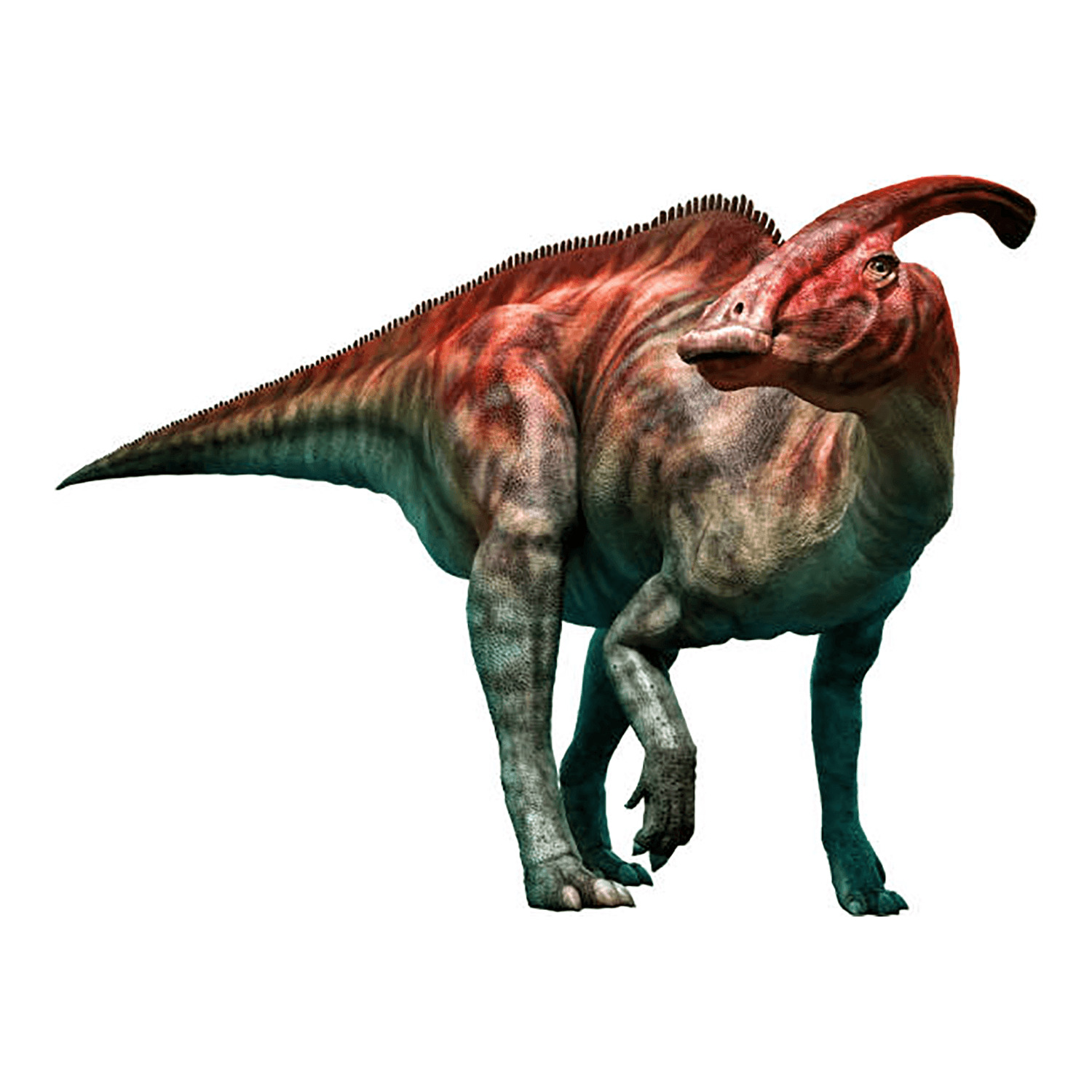


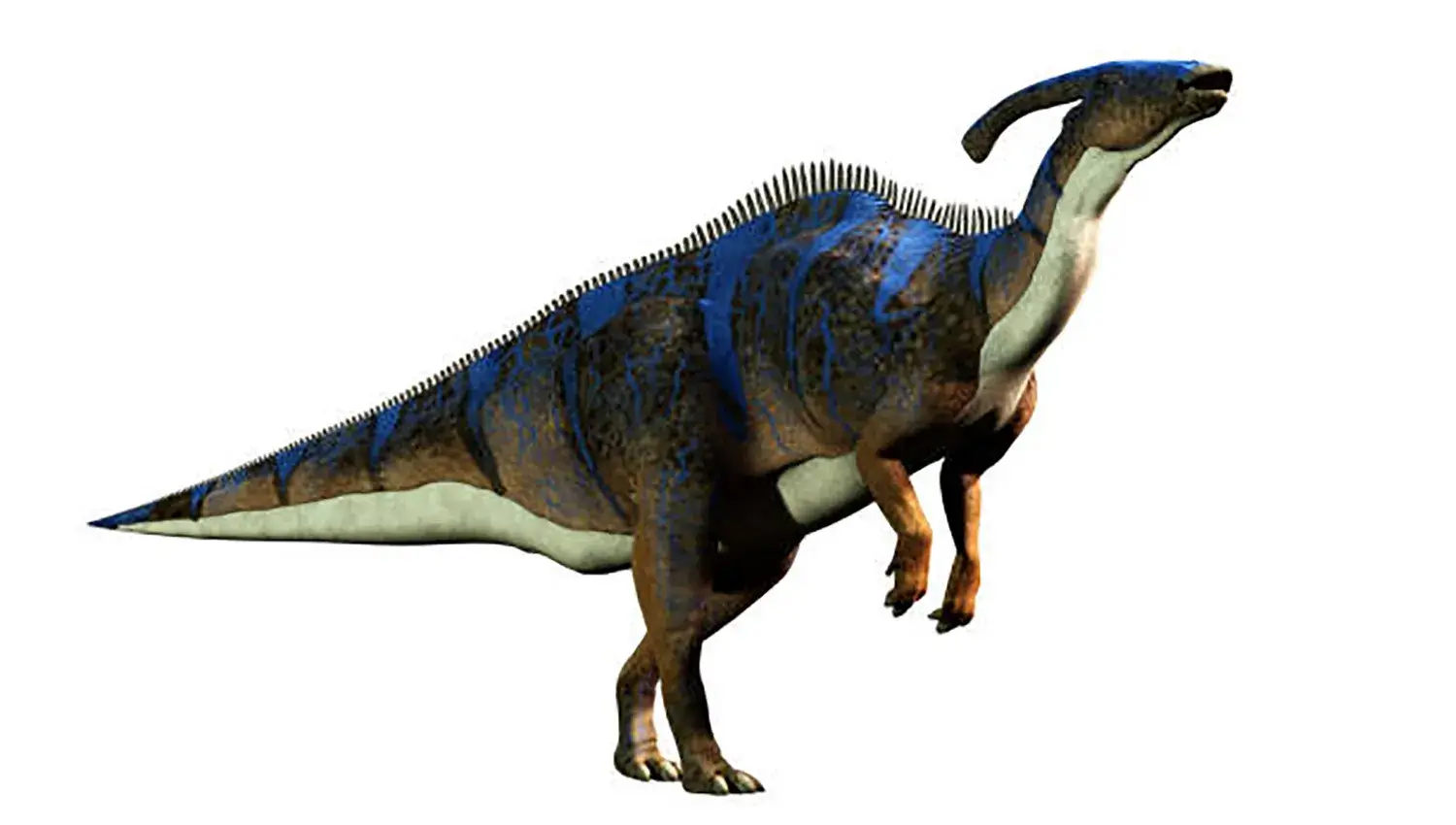
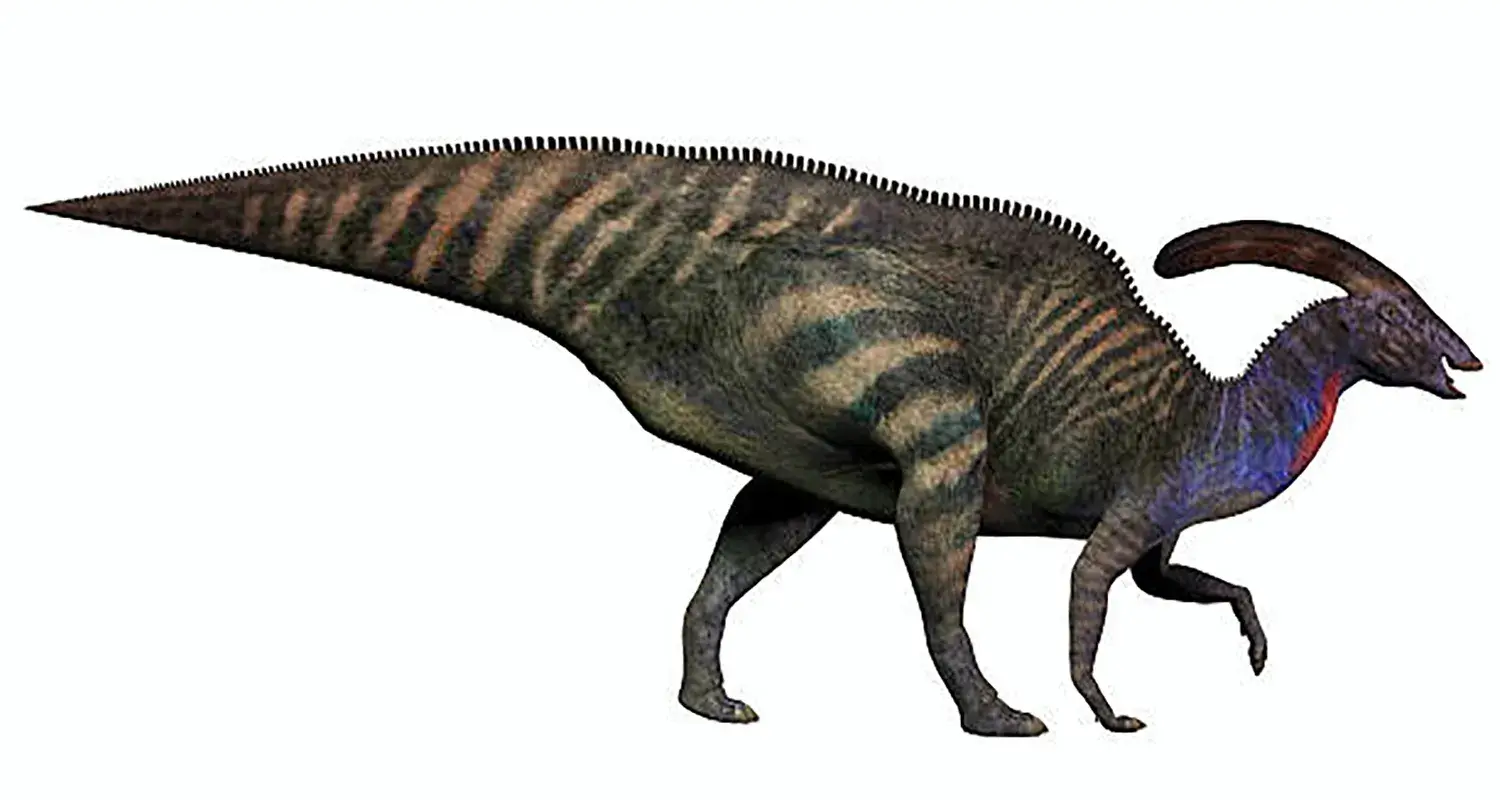
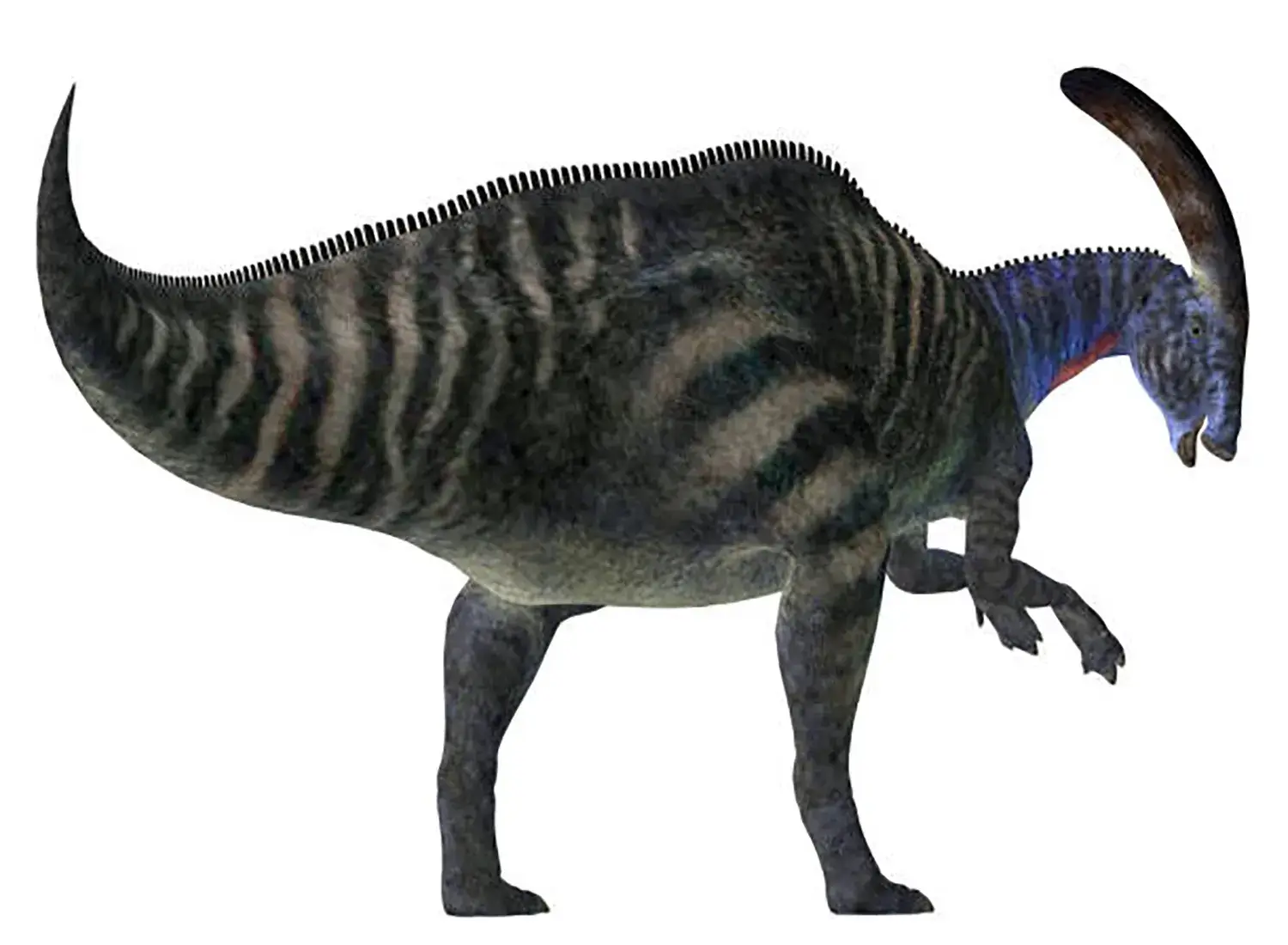

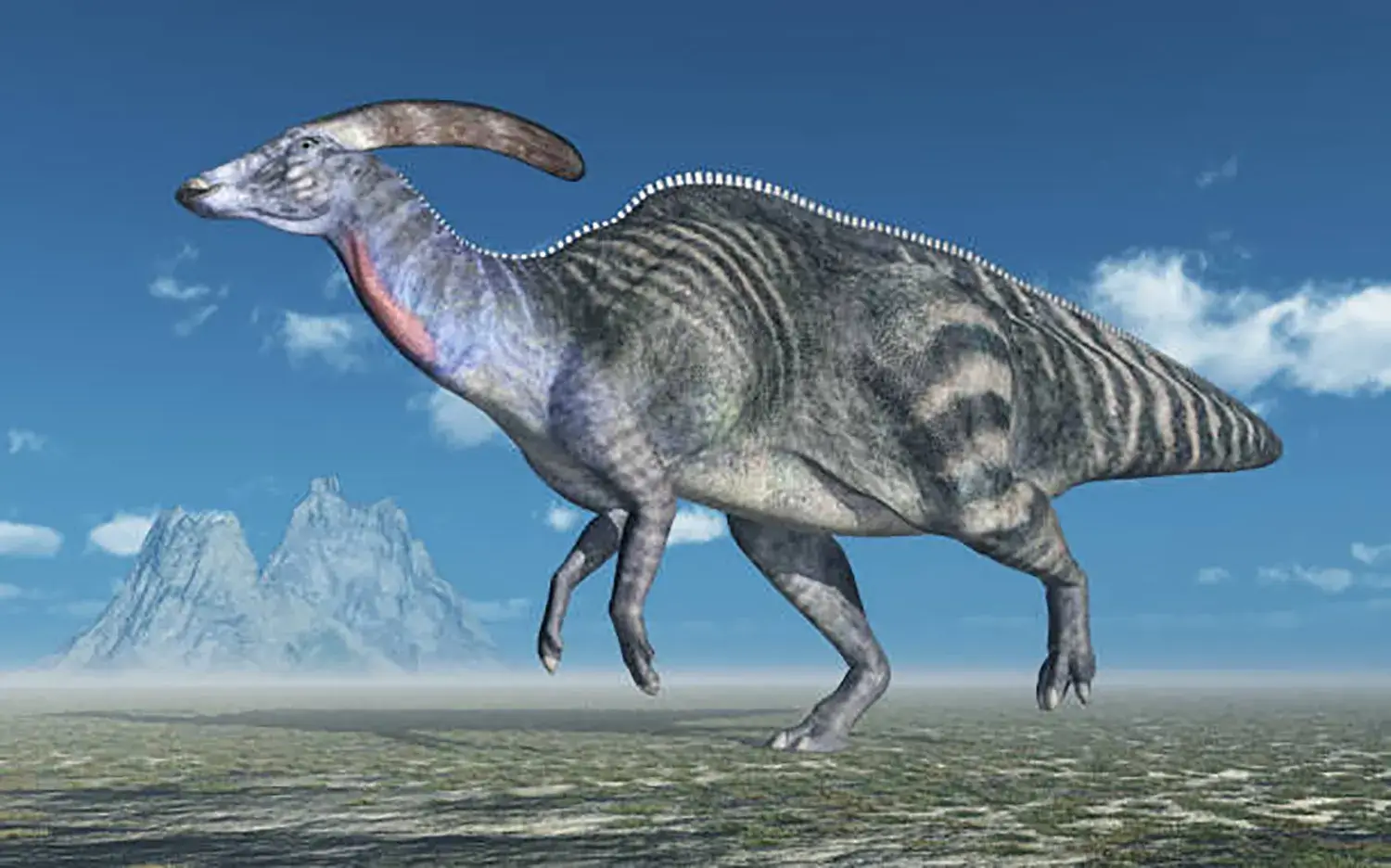
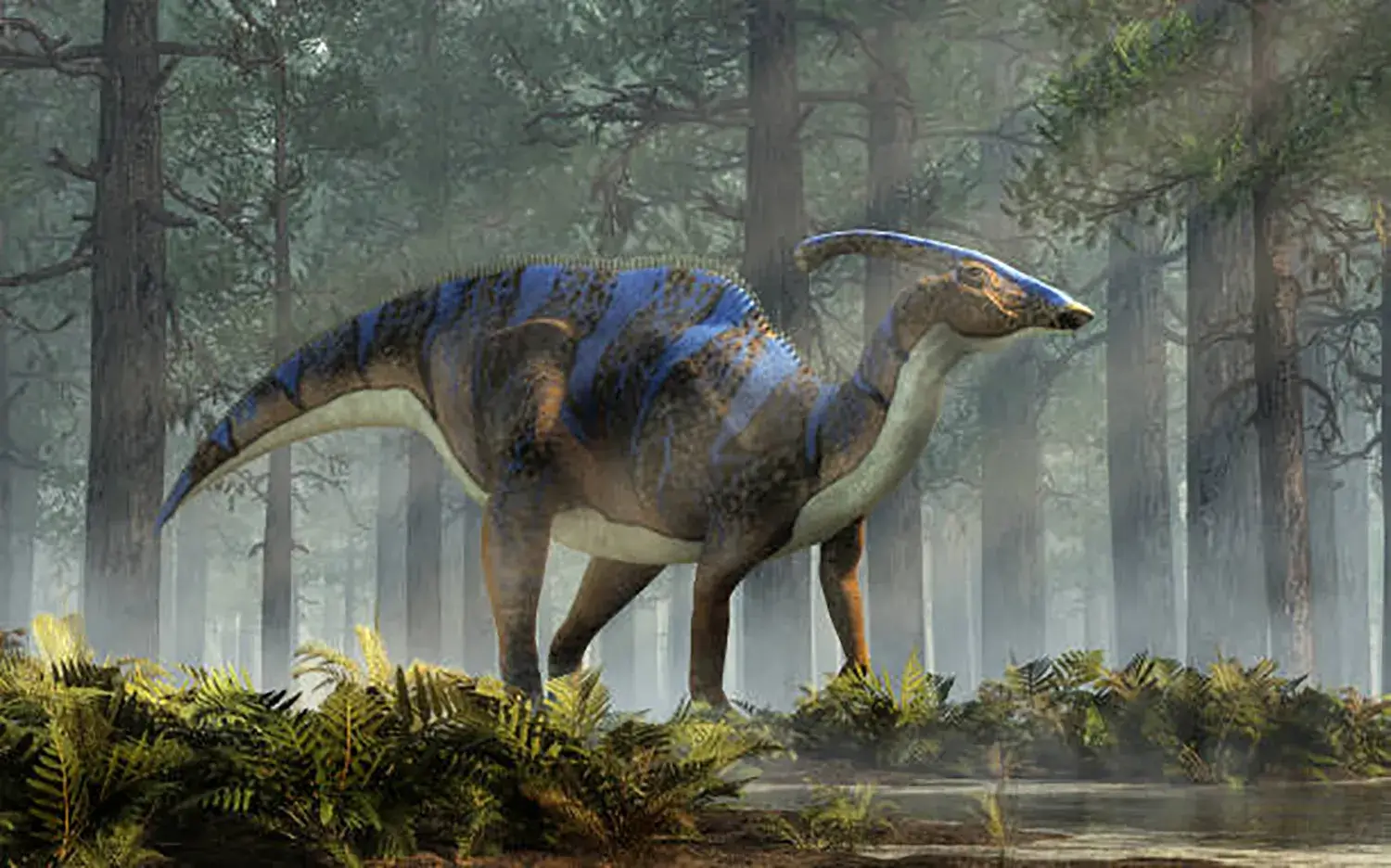


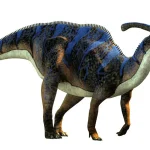
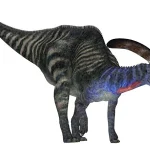



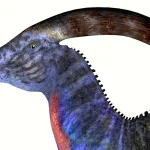

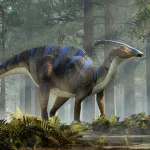


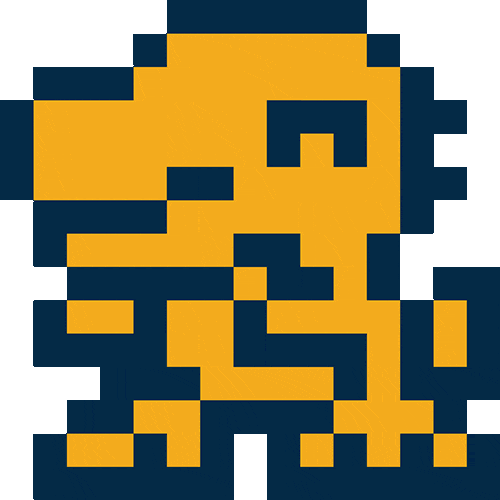
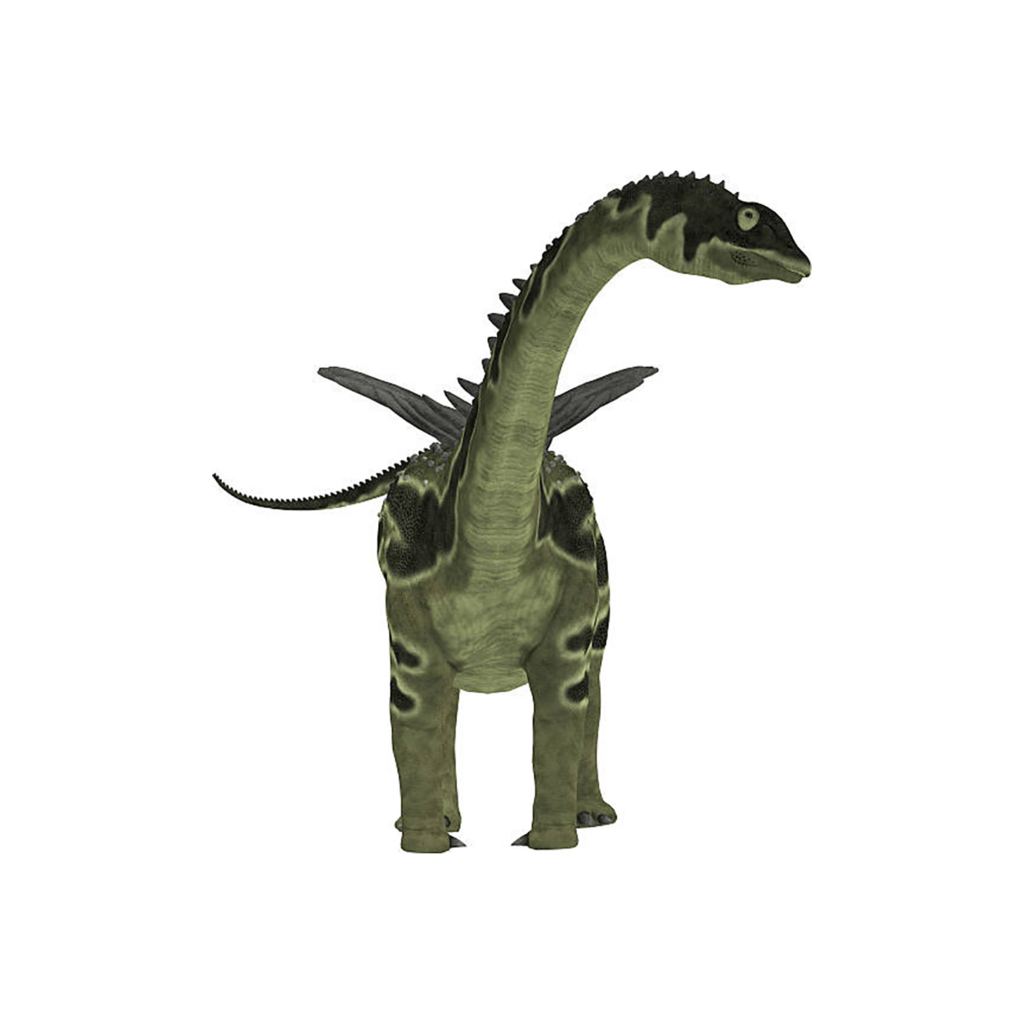

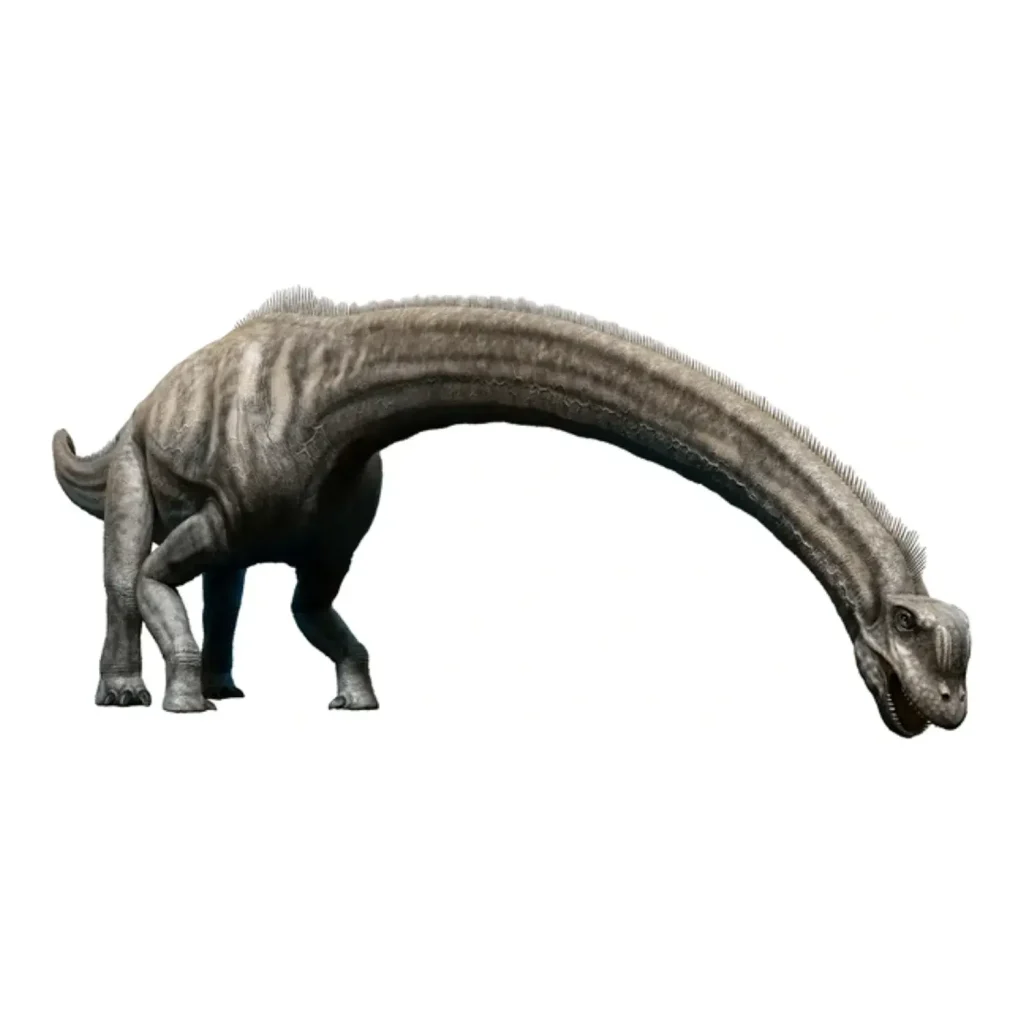
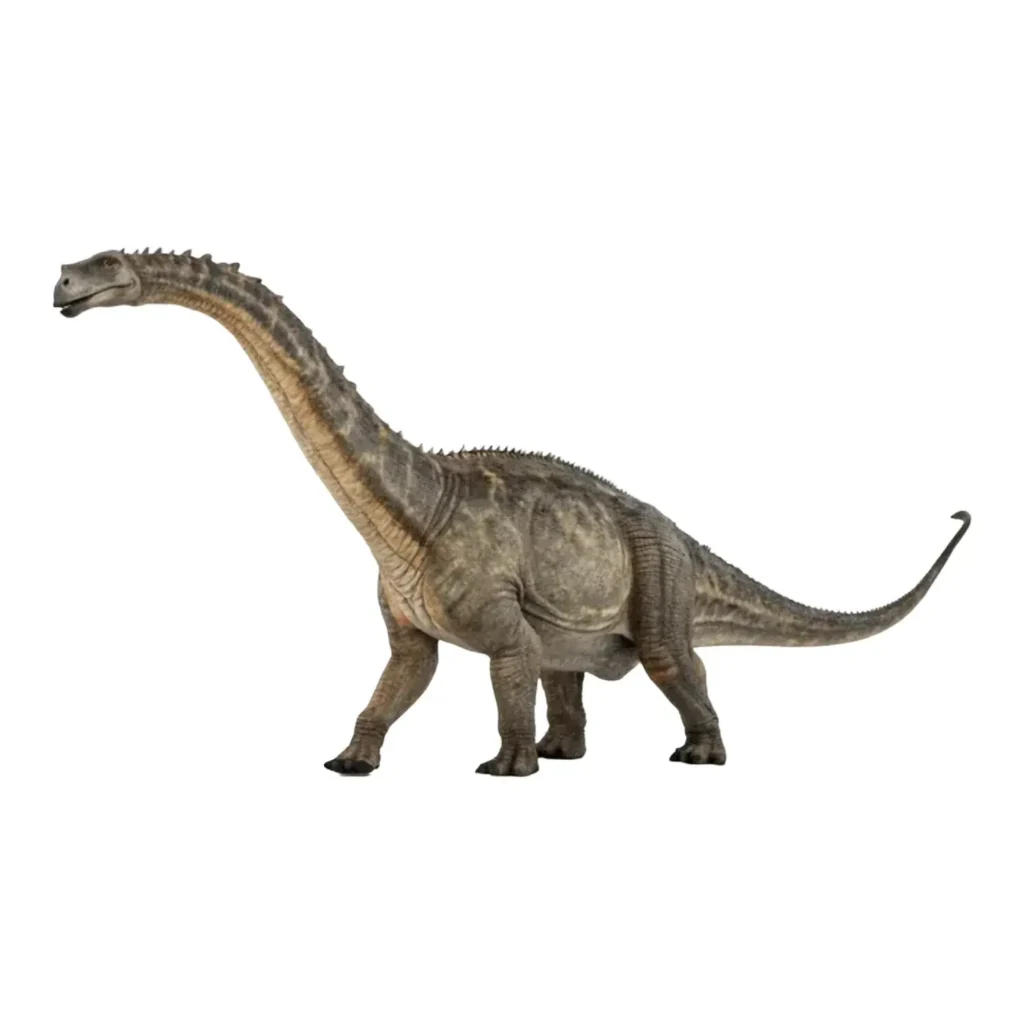
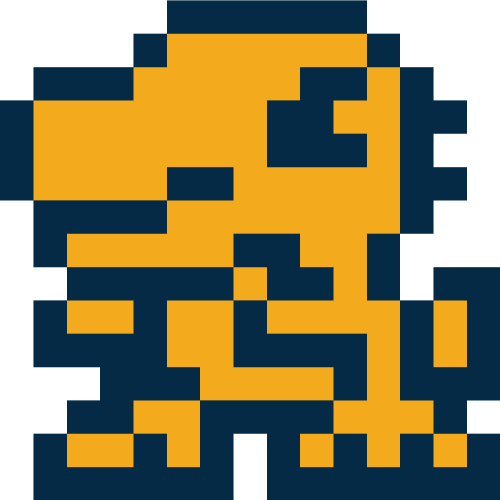
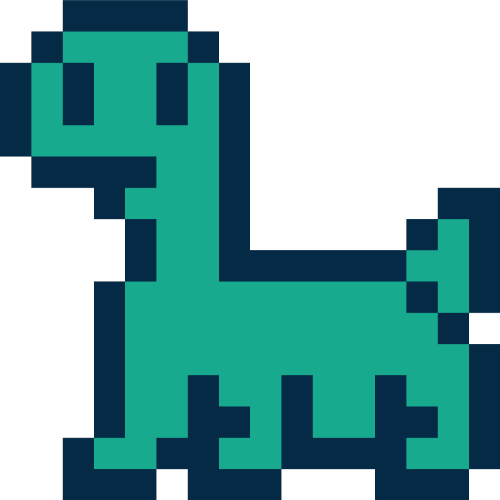
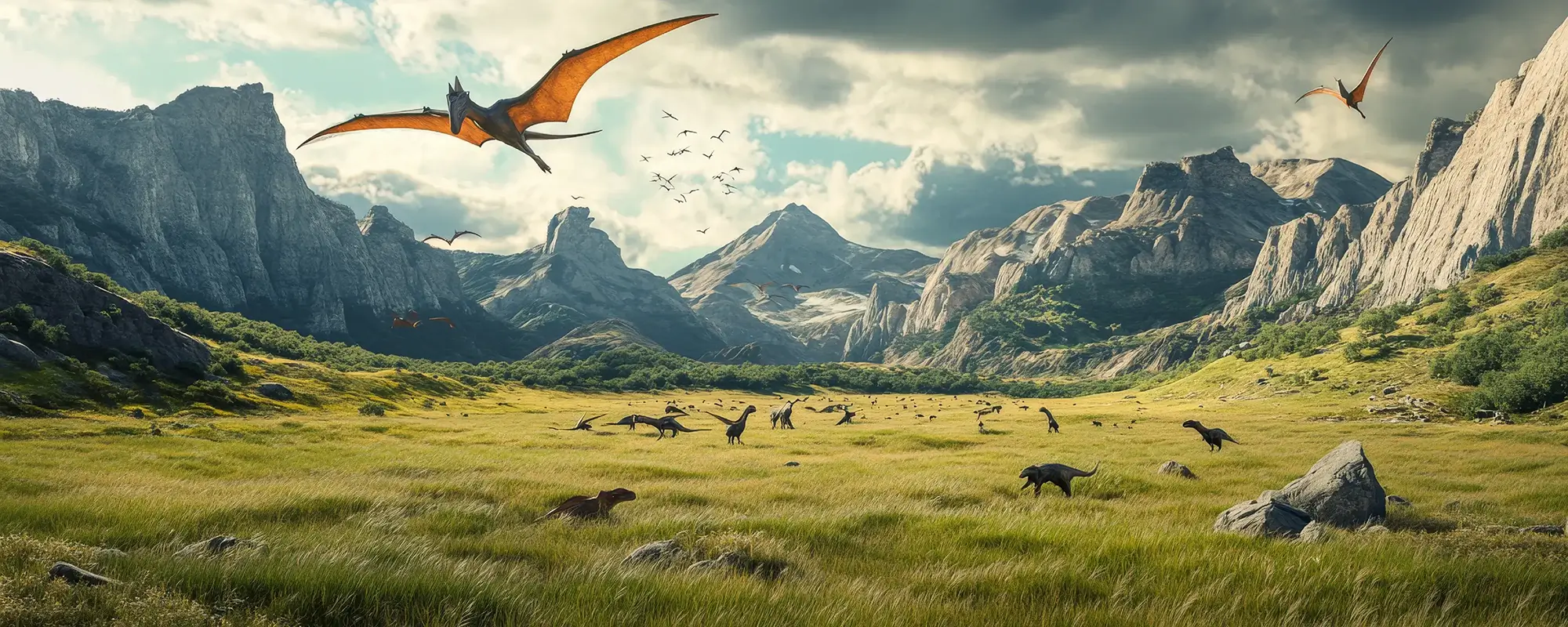



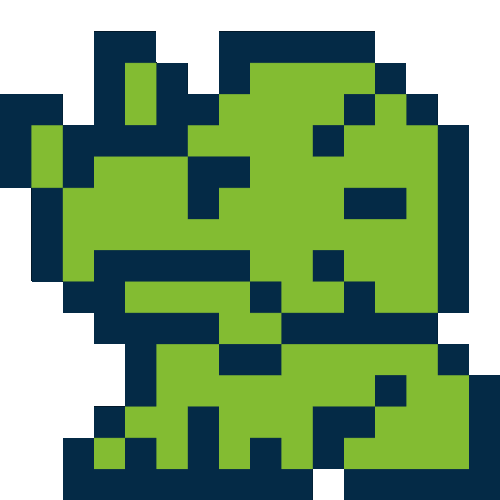
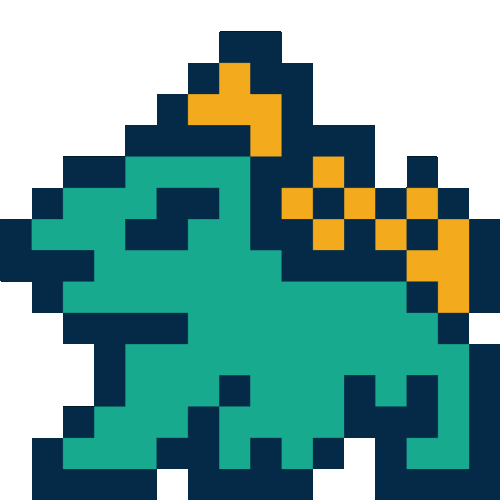
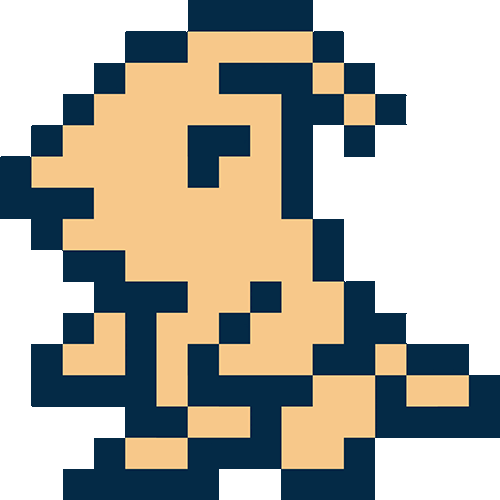

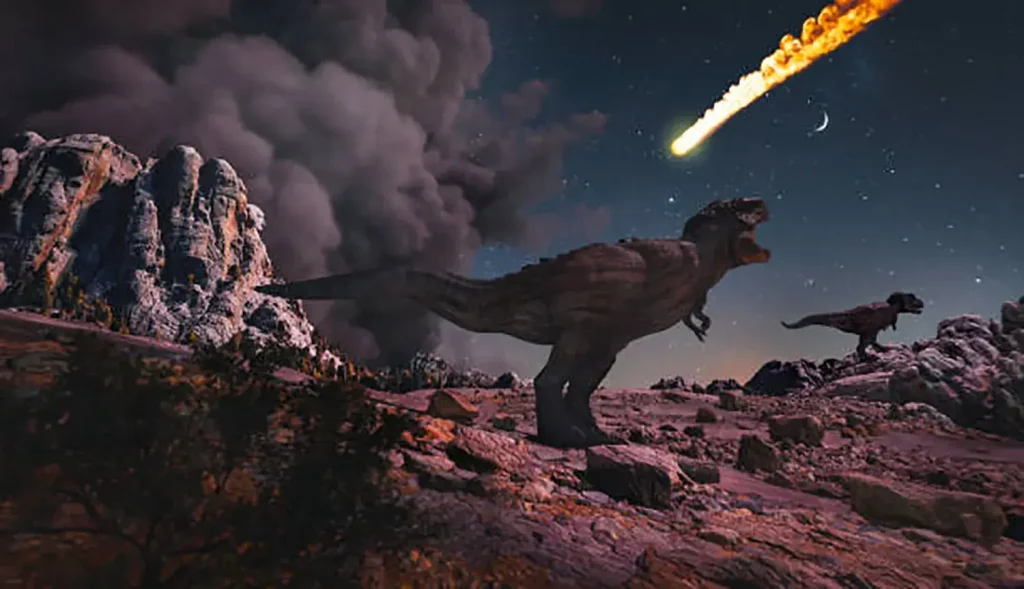
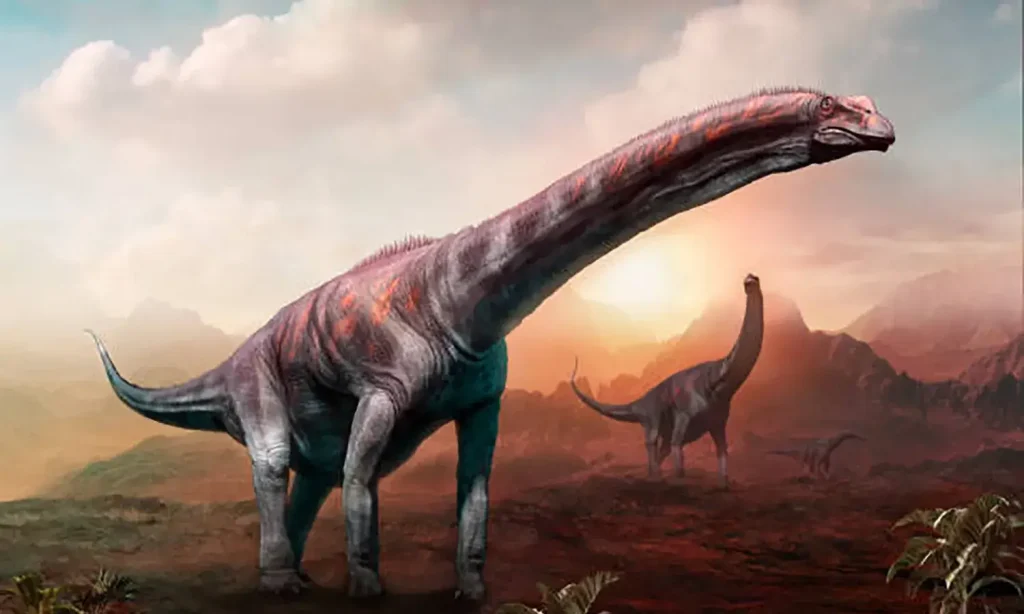
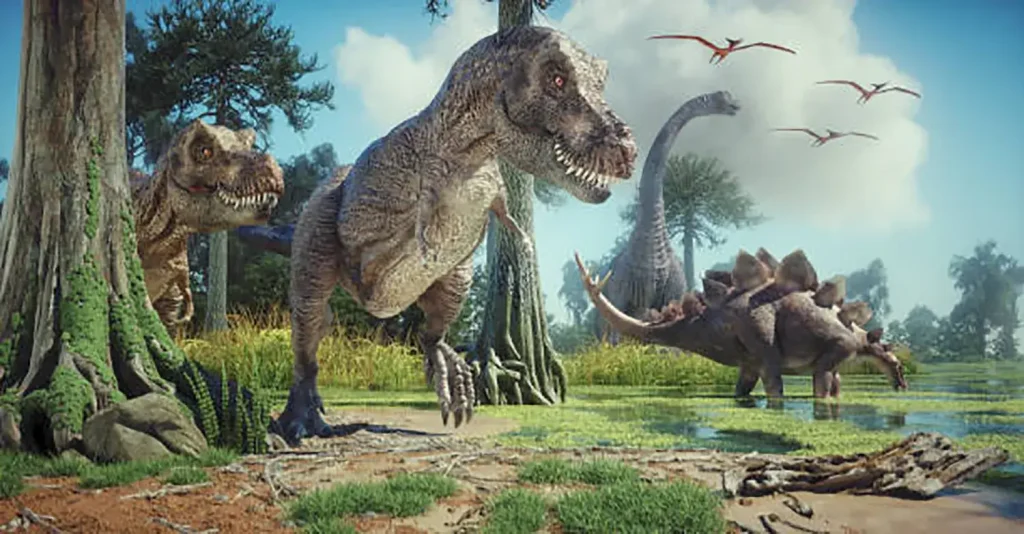
Description
Parasaurolophus is arguably the most famous ornithopod in the world, having lived in North America during the Late Cretaceous period.
Its name was given because of its resemblance to the hadrosaur Saurolophus, which was discovered earlier, but they are actually only distant relatives.
With a long, trombone-shaped crest protruding from its head, Parasaurolophus had an unforgettable and powerful presence, which propelled it to dinosaur stardom.
The Mysterious Crest: Its Ticket to Stardom
The specific purpose of this unique, 1.8-meter-long crest has been the subject of various theories over the years, and it is still not completely understood.
It had a long crest.
Resonator Theory
The crest was hollow and connected to its nostrils.
When a model was made, it was found that it could produce a very loud sound that could travel for several kilometers, much like a modern elephant.
The pitch of the sound was determined by the length of the crest, suggesting that different species used different pitches to communicate.
If they used sound to communicate, it might have been an effective method for them to “talk” to each other while living in the forest.
Olfactory Amplifier Theory
Another prominent theory is that it was a device that amplified its sense of smell, allowing it to detect scents from a distance.
Display Theory
Since the shape of the crest varied between individuals and genders, it may have been used for mating displays or to establish social hierarchy by showing it off to other members of its species.
A theory once suggested that it was used as a snorkel, but this has since been disproven as there was no opening at the tip of the crest.
Surprisingly Few Fossils and Its Ecology
Parasaurolophus had a large body, with stocky legs and a robust shoulder and hip region, even for a member of the Lambeosaurine family.
It had stocky legs and a robust shoulder and hip region.
Bones extended upward from its spine, giving it a high, arched back.
In contrast to other hadrosaurs like Edmontosaurus and Maiasaura, whose fossils have been found in large numbers, very few Parasaurolophus fossils have been discovered.
This suggests that Parasaurolophus was one of the least numerous dinosaur species and may have lived a solitary life rather than in herds.
Diet and Behavior
Parasaurolophus was capable of walking on two or four legs, but due to its large body, it was not able to move very quickly.
Hadrosaurs had a special dental structure called a “dental battery,” which consisted of many rows of small, packed teeth.
They used their duck-like, broad beak to cut off plants and then used their back teeth to grind them into a pulp for easier digestion.
In recent years, a dinosaur similar to Parasaurolophus was found in China, so it is no longer considered a one-of-a-kind creature.
However, its mysterious crest and enigmatic ecology continue to fascinate many people today.